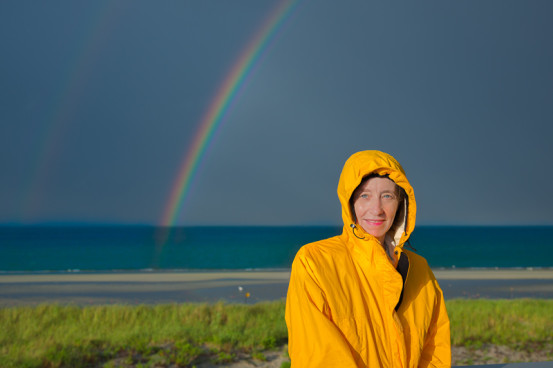 RESCHEDULED PRESENTATION: MARCH 27TH
RESCHEDULED PRESENTATION: MARCH 27TH
Our guest blogger is Juan Bacigalupi of Mashpee who is a J.D. degree candidate at Lewis and Clark Law School in Portland, Oregon. He focuses on wildlife law and coastal zone management and has experience working on legal protections for marine wildlife at the federal level and state levels.
Currently, Juan is a law clerk with Earthrise Law Center, a public interest environmental legal clinic. Upon graduation, Juan plans to specialize in using local, domestic, and international law to develop ecosystem-based policy solutions for the coastal and marine environment.
He will speak on March 27 at 7:30 p.m. at 204 Long Pond Rd., Plymouth about the intersection of public policy and social media in preserving our rights in coastal areas. Please join us!
One aspect that I love about visiting the coast is that it is always different. Even if it is a stretch of beach that I have visited dozens of times before, the dynamic nature of the coastal zone ensures that each visit is unique. As the waves continue to lash the shore, they are constantly rearranging it. These days the coast is changing more rapidly than ever before. Climate change, which is starkly affecting sea level rise, is drastically reshaping our coasts. Our choices in dealing with rising seas will impact everyone’s future interactions with the shoreline, whether it be a visit to the beach for the day, or settling down along the coast. This means that our lawmakers are facing some important policy decisions. In order to be fully informed when making those decisions, they need everyone who has an interest in the shore to become involved.

A variety of legal principles support our right to go to the shore. At the most fundamental level of the law rests a recognition that the shoreline is a unique resource that belongs to all of us. Yet other legal principles will soon come into play as sea level rise begins to threaten private property. Resolving this future conflict will involve planning in the present. The choice facing policy makers is a simple one. We can either dig in and fortify our beaches against sea level rise, or we can pull back and allow the coast to serve as a buffer between our developments and the sea’s constant energy.
Arguably there is legal support for either decision. This means that the decision will boil down to the question of which approach will serve us the best. Another way of looking at this is to decide what will cause the least amount of harm to the fewest individuals. This is where the public must get involved.
The level of the sea is not the only thing rising. The age of digital communication and social media is in full swing, and continuing to grow every day. This provides the public with the perfect tool to get the message out. Although the law is sometimes slow to develop, we do not have that luxury when it comes to sea level rise. While lawyers and legislators have a role to play, the public’s message may be what ultimately frames this issue. Using social media, the public can tell their story about climate change, they can tell the story of what is happening along the coast.
Our government surrounds itself with bureaucratic red tape and regulates in a way that demonstrates the disconnect that has developed between politicians and the public they serve. Social media provides a method of communication that can cut through the red tape and make messages heard. Where the sand meets the sea is where legislators must begin the process of meeting our needs and responding to sea level rise with sensible policies that protect the public’s right to enjoy the shoreline for generations to come.
I am pleased to have the opportunity to share my ideas on the future of the shoreline. If you are interested in learning more, then I hope to see you on Thursday, March 27th at 7:30 p.m. at 204 Long Pond Road, Plymouth for an interactive discussion about the role we all must play in conserving the shoreline.

